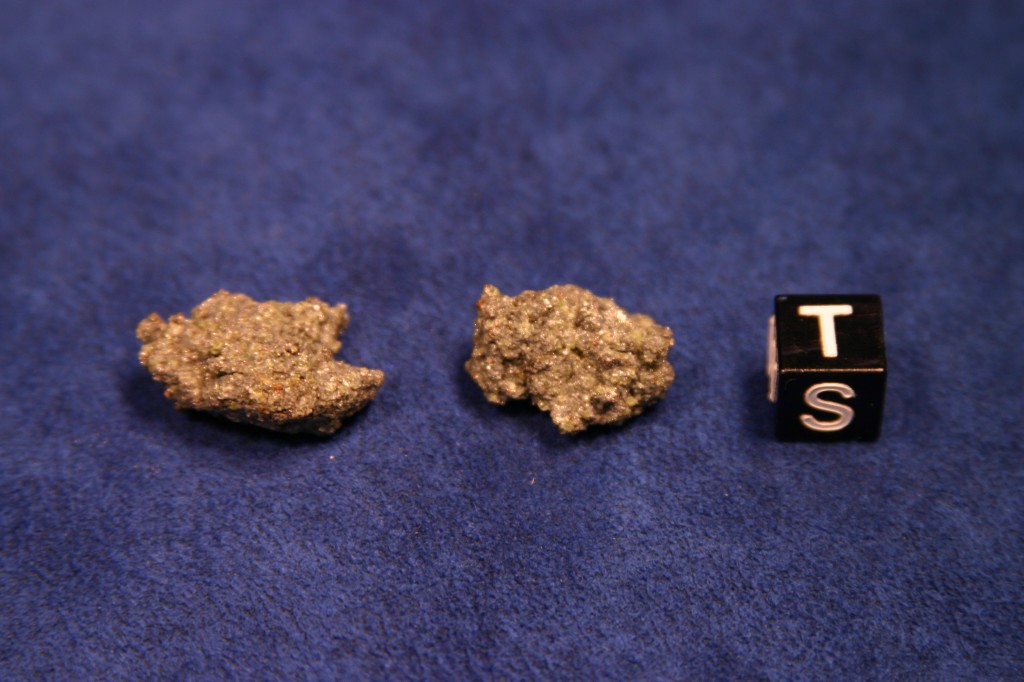Center Assistant Research Scientist Dr. Jemma Davidson and Center Interim Director Dr. Devin Schrader are co-authors of a new paper on the origins of the acapulcoite-lodranite family.
As defined by the Meteoritical Society, these equigranular primitive achondrites show subchondritic compositions, with mineral assemblages similar to, but distinct from, ordinary chondrites. Acapulcoites are finer grained than lodranites and some rare members contain relict chondrules. Based on their bulk composition and broadly chondritic mineralogy, acapulcoite-lodranite meteorites likely formed as the result of partial melting of a chondritic precursor.
The meteorite described in the paper, GRV 020043, contains more chondrules than any other acapulcoite-lodranite, and is the least heated member of the acapulcoite-lodranite family studied to date. The authors, therefore, infer that GRV 020043 may, in fact, represent the chondritic precursor to the acapulcoite-lodranite group and, thus, provide invaluable insight into this unique meteorite group.
The paper, “Grove Mountains (GRV) 020043: Insights into acapulcoite-lodranite genesis from the most primitive member”, is published in the journal Geochemistry, and available to read, free of charge until January 11, 2020.
 Photo: Lodran meteorite; copyright ASU/CMS.
Photo: Lodran meteorite; copyright ASU/CMS.
McCoy T. J., Corrigan C. M., Dickinson T. L., Benedix G. K., Schrader D. L., and Davidson J. (2019) Grove Mountains (GRV) 020043: Insights into Acapulcoite-Lodranite genesis from the most primitive member. Geochemistry 79: 125536.



